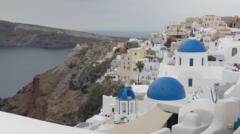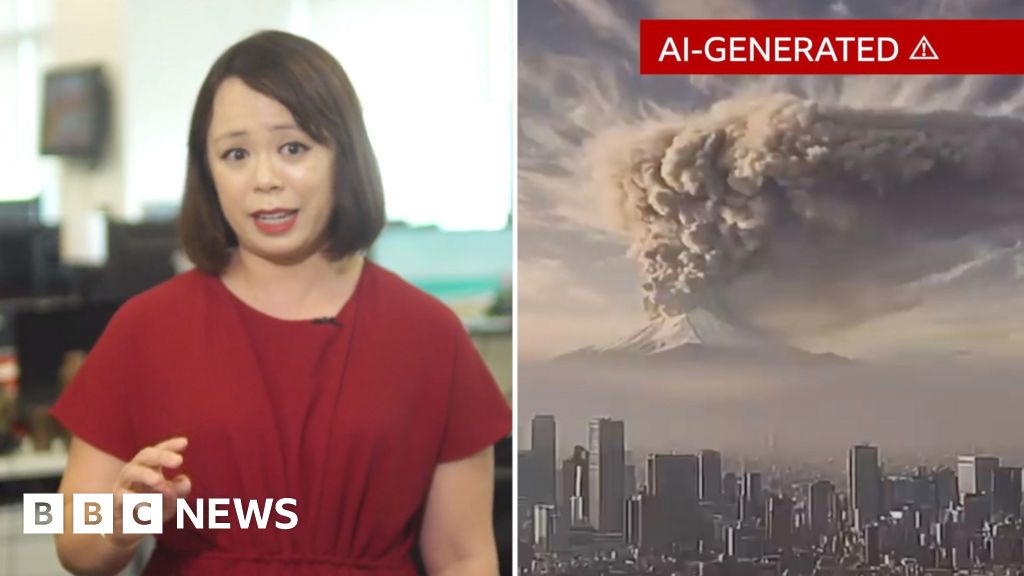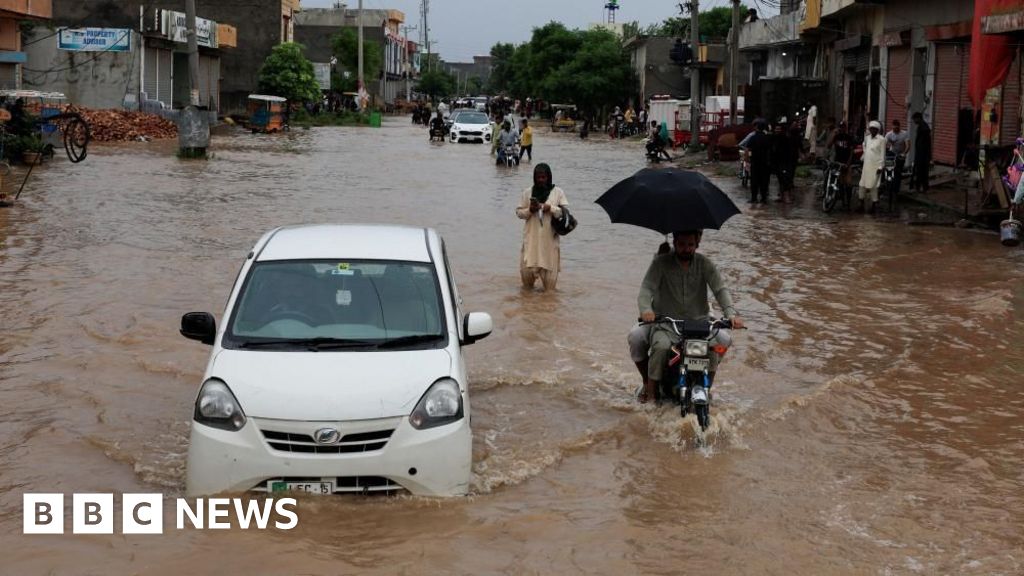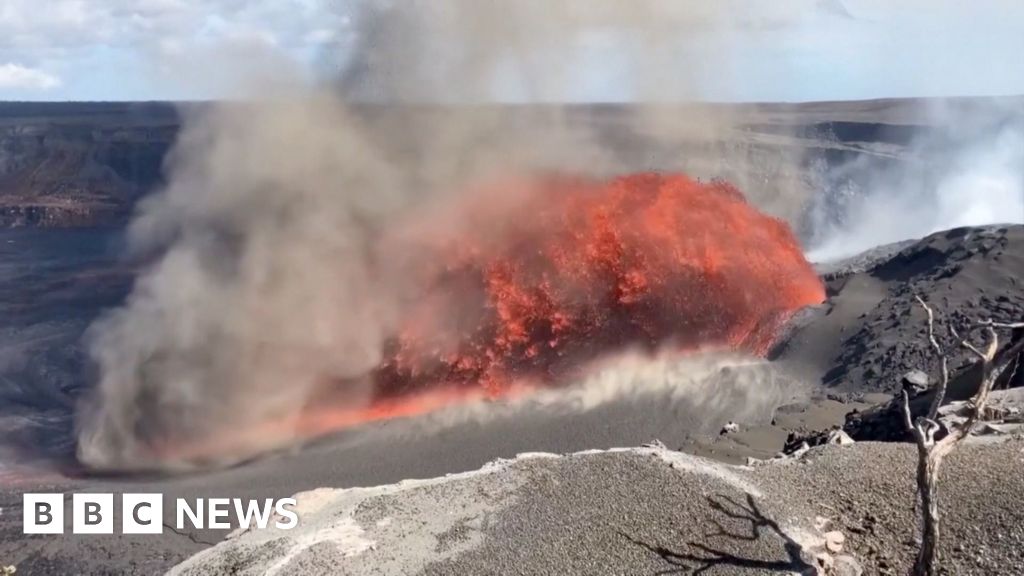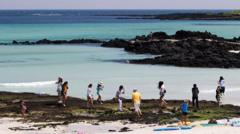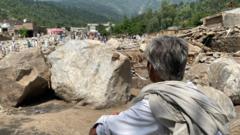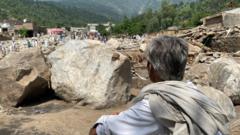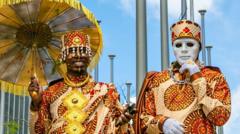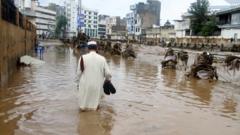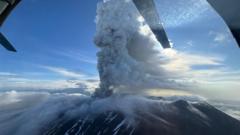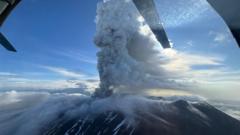Nestled amidst stunning cliffs and breathtaking views, Santorini is a jewel of the Aegean Sea, drawing millions of tourists each year. However, beneath the idyllic surface lies a volatile reality—two tectonic plates grind together, raising concerns over potential volcanic eruptions. A series of recent earthquakes has prompted scientists to take action, investigating the island's unique underwater volcanoes to gauge their risks.
On board the British research vessel RRS Discovery, the mission is clear. Led by Professor Isobel Yeo, an expert in submarine volcanoes, the team aims to understand the signs of seismic unrest that could predict future eruptions. "Underwater volcanoes can produce significant, destructive eruptions that are often overlooked," she states, highlighting the urgent need for monitoring.
Recent seismic activity saw nearly half of Santorini's population of 11,000 leave the island for safety, revealing just how precarious life can be amidst both natural beauty and geological unrest. The last recorded eruption of Santorini happened in 1950, yet the island has not been immune to periods of unrest, with notable magma flow detected in 2012. The ongoing research focuses on mapping hydrothermal systems surrounding the volcanoes, areas that could indicate increased volcanic activity.
The shocking potential of underwater eruptions is exemplified by the Hunga Tonga explosion in early 2022, which terrorized islands and created a tsunami felt as far away as the UK. Amidst bubbling hot vents and shifting seabeds, researchers are exploring how water and magma interact, which could drastically change volcanic behavior.
Professor Paraskevi Nomikou, also a part of the team and a Santorini local, emphasizes the research's importance for informing residents on volcanic risks and making crucial safety maps. The economic implications are profound; many local businesses are already feeling the impact. Wedding photographer Eva Rendl pointed out that her usual influx of bookings faced significant cancellations due to recent fears.
As uncertainty looms, the desire for accurate scientific data grows among locals and tourists alike. British-Canadian visitor Janet expressed a need for reassurance, linking scientific alerts with feelings of safety during her stay. Meanwhile, other tourists, undeterred by the potential threats, embrace the island's allure and charm.
As this research expedition continues, the delicate balance of maintaining Santorini's dreamlike appeal while addressing its inherent geological risks remains a priority. With every advance in understanding the island's underwater threats, there’s a collective hope that both residents and visitors can feel secure while enjoying the enchanting beauty Santorini has to offer.

